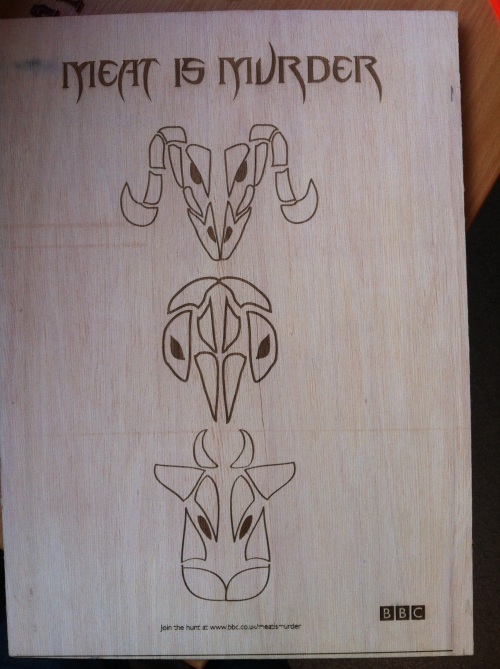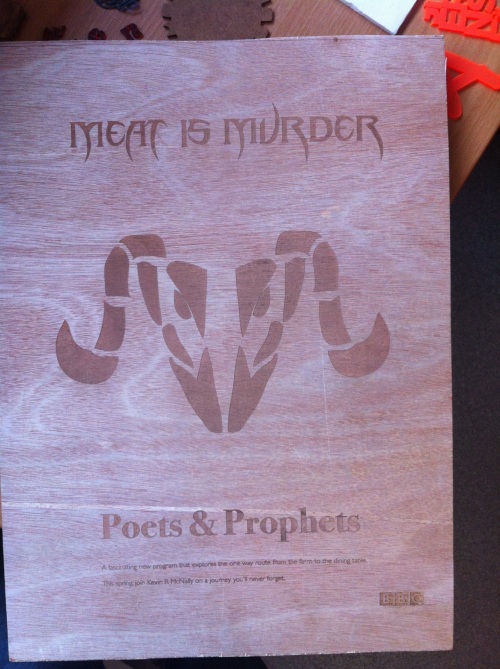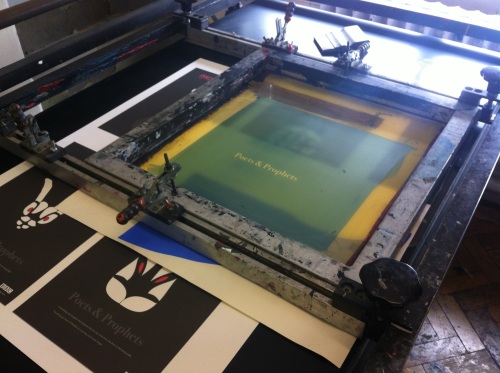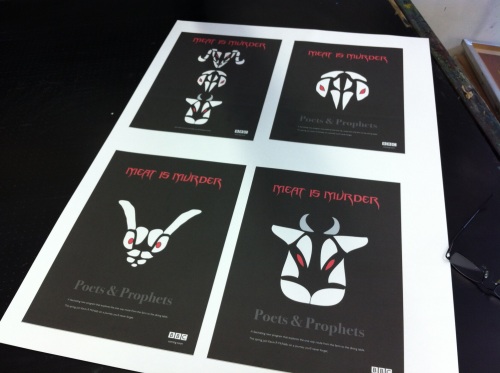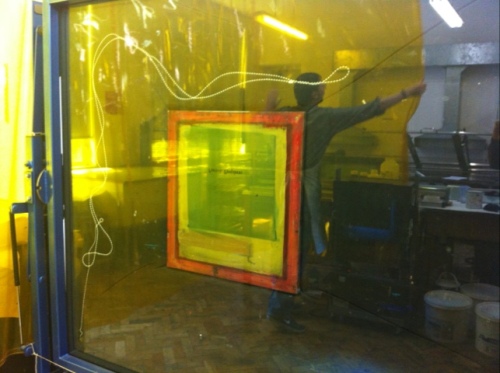Part A:
My pattern of learning for Heroes and Heroines started with my researching a number of designers ad artists. This was a basic task designed to give us a little head start, the idea being that, once we’d got our foot in the door, we’d start to branch out and include our own views and designs/artworks that we personally liked. I think this was very successful in general – I started delving into areas that genuinely interested me. This started a treadmill – I would start researching those that interested me, and then that would lead to the discovery of other artists and suchlike whom I found inspirational.
Part B
1.1 How is your research contributing to your ideas for your ability to conceive ideas for your assignments?
Generally, I would just include the link as to where I found the research in my work folders and write about the information that interested me. With the blog, however, I engaged in research a lot more which naturally means that I gained more inspiration. There were a number of artists that I did not find interesting, but I tried to do the same level of research for all artists. I soon started to expand my blog with updates to my work at university, together with designers and suchlike that I actually find very inspirational. I think writing publicly and in depth about my views and research is more fulfilling than simply giving research to my tutors for them to mark. Getting feedback and comments from my classmates on the blog was rewarding and it gave a new level of professional interaction.
1.2 Reflect on and consider the use of visual language and expression in the communication of your ideas on paper?
I communicated visually in a number of different ways this term. I worked with various aims for the different projects, and working with different tools. Methods ranged from screen printing to engraving. I think this range of different means that all end with the same result – in essence – of communicating my views with a wider audience. I preferred working digitally overall – but in particular I liked the way that I managed to combine new and old methods of working together.
1.3 What has been the most significant learning experience for you with this assignment?
My most significant improvements have been with my breadth of understanding of multimedia related software. This term, I really got involved with using more software, learning new skills, and creating new projects. I got to grips properly with Illustrator, Photoshop and After Effects. I really enjoy working creatively with software, so jumped at the chance to go to the tutorials that we had earlier in the year, in which Dan took us through the basic principles.







